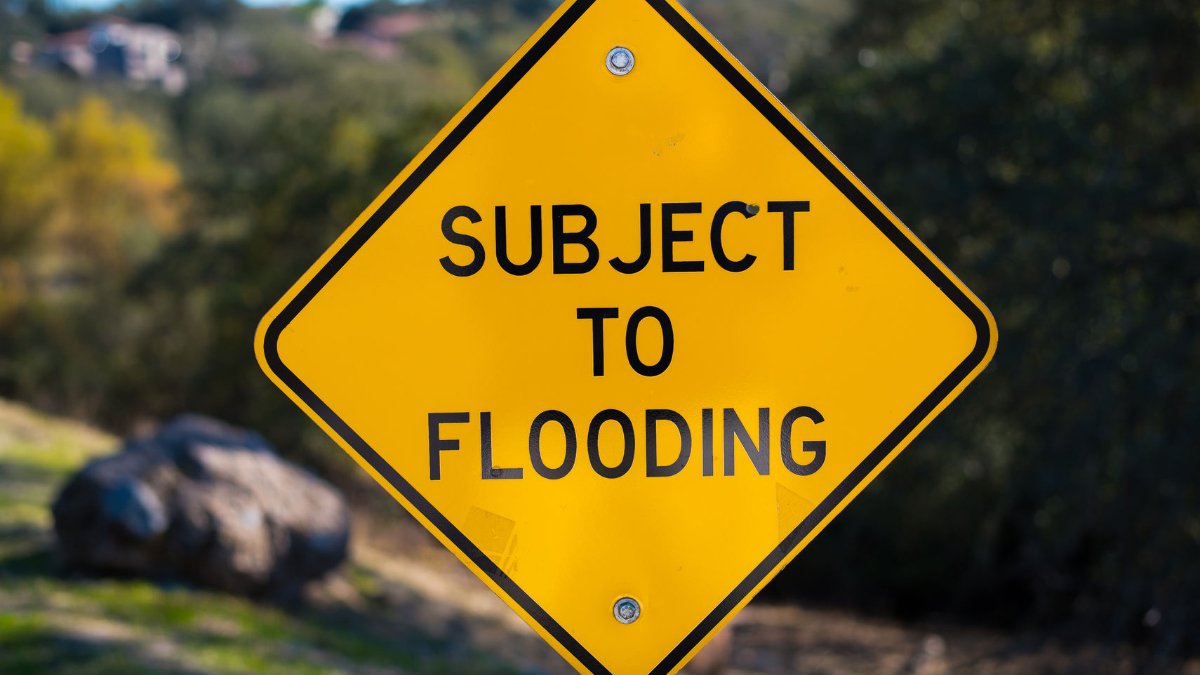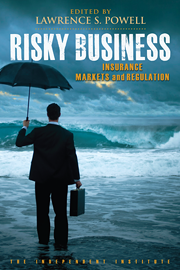Nearly 50 years ago, Congress made big promises when it established the National Flood Insurance Program.
But with this year’s bad hurricane season sending the already indebted program, called NFIP for short, deeper into the red, it’s clear those promises haven’t been kept.
The NFIP has proven an ineffective way to protect U.S. residents from flood losses, and it’s high time to re-evaluate the policy.
To give credit where credit is due, the initial concept of the program made some sense.
When Congress started it in 1968, essentially no private company wrote flood insurance for residential properties. When disaster struck, relief aid was the only way to rebuild homes. The NFIP seemed like a better choice.
As part of the 1968 law, which also established the Department of Housing and Urban Development, communities were encouraged to opt into the program.
In return for letting local citizens buy taxpayer-backed insurance, communities committed to making themselves more flood resistant.
In the early 1970s, Congress moved to require federally supported mortgage lenders to mandate flood insurance for properties in floodplains. The federal government also began to produce flood maps that would let communities know which areas were likely to flood, so they could prevent it.
Over time, the program’s architects hoped, NFIP would pay for itself and maybe even return a small profit to the Treasury.
That hasn’t happened. Before hurricanes Harvey and Irma, NFIP owed the Treasury some $24.6 billion and had no practicable way to pay it back. By the end of 2017, the debt likely will be roughly double.
While the program’s widespread adoption has resulted in most communities forbidding construction in the most obviously foolhardy locations, its pricing policies – overcharging those who face a modest risk and undercharging those with the greatest risk – have had the effect of encouraging building in other flood-prone areas.
As a result, many of those whose homes are less likely to flood don’t bother to insure, while those in higher-risk locations do, resulting in very expensive claims.
Fortunately, good alternatives now exist. The initial case for NFIP was based on several assumptions that no longer hold true: most prominently, that flooding is "uninsurable."
That has a grain of truth: Unlike car crashes and house fires, floods aren’t independent events. If one home floods, there’s a very good chance that all others in the same area also will flood.
In the days before global "reinsurance" markets, a small insurer that wrote policies in a single state couldn’t effectively spread the risk of flooding; even a nationwide company may have had a hard time.
This made it very difficult for casualty insurers to sell products profitably. Mapping – which enables home buyers and insurers to predict the likelihood of flooding on a given tract of land – also was less reliable in the past.
Today, global reinsurance markets allow insurers to spread flood risk all over the globe. Indeed, the NFIP itself purchased $1 billion worth of private reinsurance, at a cost of just $150 million.
This will reduce the cost of the 2017 storms to taxpayers. Flood mapping, although still challenging, also is far better today than in the 1960s.
The National Flood Insurance Program hasn’t made America safer. While it would be impractical to eliminate the program right away, there is no reason that it can’t be phased out over time.
This is not 1968; today, private flood insurance is available. Businesses and homeowners in the highest-risk areas along the Atlantic coast and Gulf of Mexico might have to pay more, but this would discourage continued overbuilding in these areas.
That would be a blessing, both to taxpayers and those who might be spared what the victims of Harvey and Irma now are going through.









